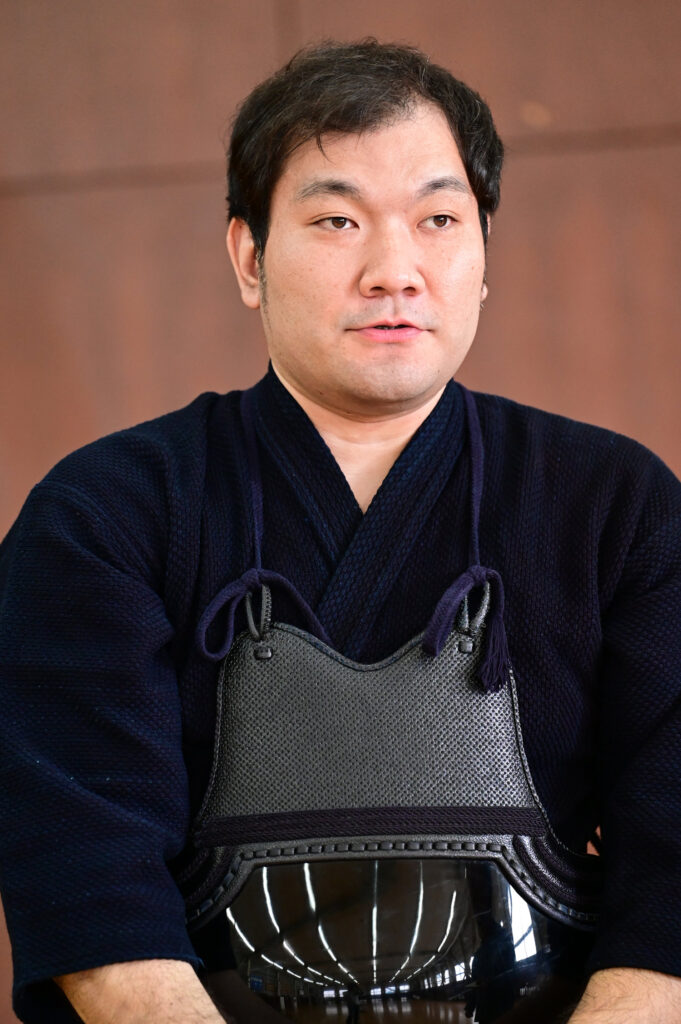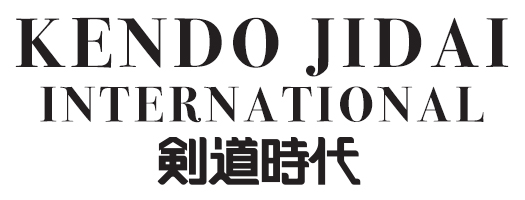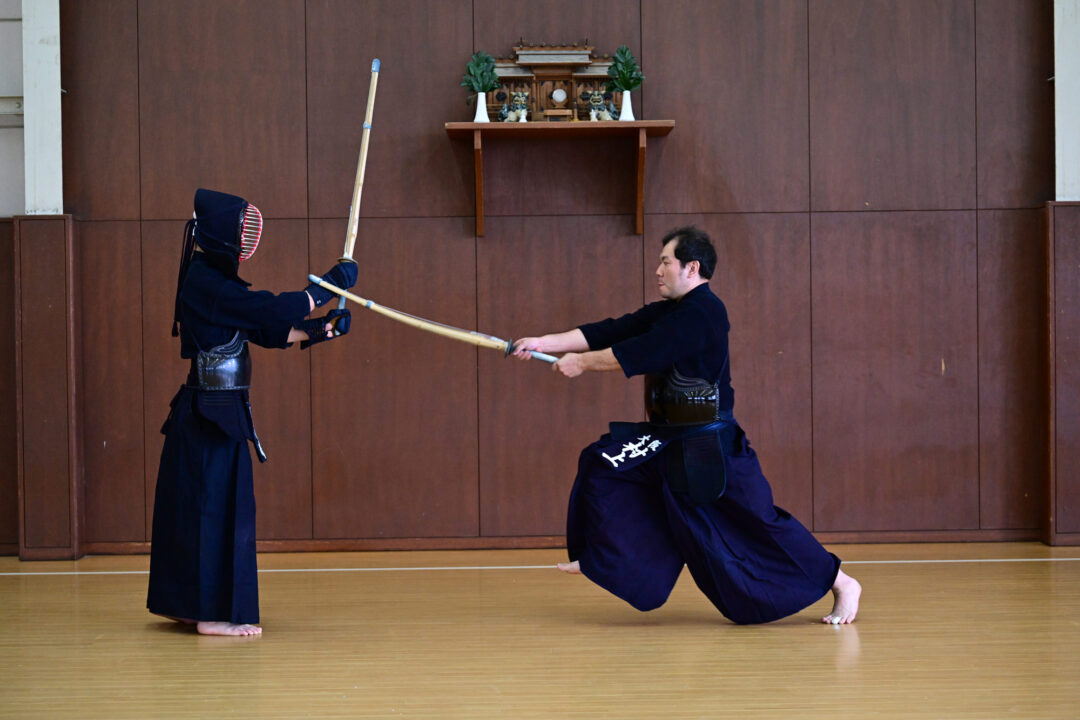2025.1 KENDOJIDAI
Composition: Teraoka Tomoyuki
Photography: Nishiguchi Kunihiko
Translation: Pepijn Boomgaard
Murakami Raita has achieved great things as a competitor while teaching at Osaka University of Health and Sport Sciences. He also teaches Kendo classes for beginners, where he emphasizes the importance of Ki Ken Tai Icchi. We asked Murakami how we can achieve a strike that unities the spirit, the sword, and the body.
Murakami Raita

Understanding with Ki Ken Tai Icchi is
Ki Ken Tai No Icchi is one of the most important issues in Kendo, in which contestants compete to score a valid strike (Yuko Datotsu). It might be obvious to all of you, but let us go over the requirements for a valid strike once more. A valid strike is executed in high spirits with correct posture, using the striking section (Datosu Bu) of the shinai with correct angle Hasuji, and followed by Zanshin. (From the Handbook for Kendo Shiai and Shinpan Management)
This shows that only a strike with Ki Ken Tai No Icchi will lead to Ippon. Those who have been practicing Kendo since childhood will have learned these elements without being conscious of it. However, those who started Kendo as adults, or those who have been practicing for decades, often have trouble with Ki Ken Tai No Icchi and hit a plateau.
As a faculty member at Osaka University of Health and Sport Sciences, I have the opportunity to teach students with no previous kendo experience in my daily classes. One of the most difficult things to teach is Ki Ken Tai No Icchi. In this article, I would like to talk about how so-called amateurs can learn Ki Ken Tai No Icchi
First of all, even if you tell beginners to use Ki Ken Tai No Icchi, they do not understand the elements of Ki (spirit), Ken (sword), and Tai (body), so it is necessary to explain those things in detail.
Ki is Hassei (Kiai). As you learn more about Hassei, you can see that it has various effects. However, for beginners, the first thing I tell them to do is use a loud voice. I am sure all of you have had the experience of being told to be louder as a child. This is the starting point of Kendo, and a very important part of it. I believe that Hassei has two main effects. One is to make your opponent feel threatened. The other is to enrich yourself. The latter is especially important. Hassei moves power into the Tanden (lower abdomen) and gives sharpness to movement and Sae (brilliance) to strikes. In my classes, we sometimes hold Hassei matches, in which we have a referee judge who has the better Hassei. Nowadays, many people are shy about using a loud voice, so we use this method to break them out of their shells.
Ken refers to striking the Datotsu Bui (target area) with the Shinai’s Monouchi. Beginners lack the concept of Monouchi, so I carefully teach them to strike with the area in between the Kensen and Nakayui. This explanation might sound very simple, but when I actually have them strike a target, it does not go well. This is because of Maai. Those who have been practicing for a long time are more aware of Maai and naturally understand from what distance to strike in order to hit the target with Monouchi. However, beginners who do not have the concept of Maai cannot understand this, so they cannot hit with the Monouchi because they cannot reach the target or because they get too close while swinging. This is where the Bokuto Ni Yoru Kendo Kihon Waza Keikoho comes in handy. By practicing it, one can acquire a sense of Maai between them and their partner and a sense of striking with a single step. This is useful not only for beginners, but also for experienced practitioners, as it helps with reviewing the techniques. I recommend everyone to incorporate it into their training.
Tai refers to the posture at the time of striking. In particular, I believe that the posture during the striking action and the Fumikomi are important. Many people can strike Men without losing their posture, but seem to lose their posture when striking Kote. I make sure that the members of our Kendo club learn how to strike without losing their posture. The strike and Fumikomi should be straight and correct, and after the strike, the body should move in a way so as not to get struck back. I believe that the probability of making a valid strike varies greatly depending on whether one can do this or not, and I also believe that Ki Ken Tai No Icchi will develop naturally.
Hassei, striking, and Fumikomi
Train them all
The rest of this article is only available for Kendo Jidai International subscribers!


